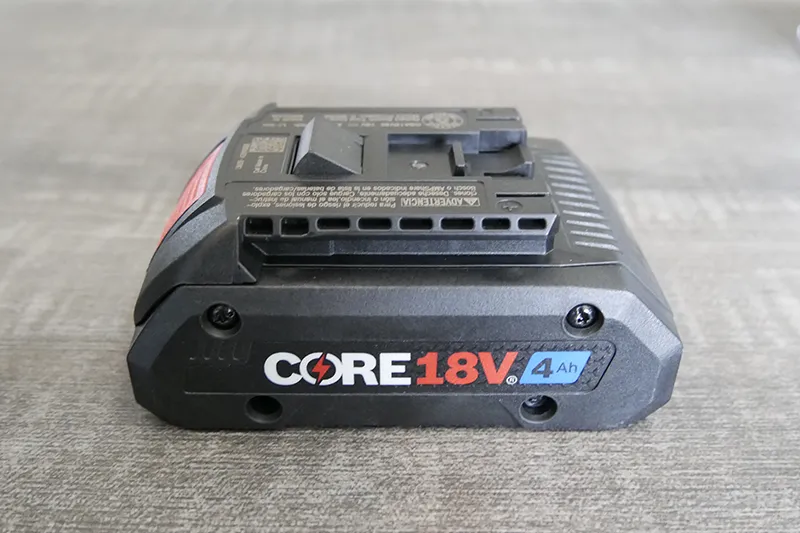Battery-powered tools have changed the game, no cords, no outlets, just grab and go. But not all batteries are created equal, and understanding how they work can help you get more power, longer runtime, and better value. This guide breaks down lithium batteries, common myths, key terms, care tips, and more.
Lithium-Ion: The Standard Today
Most modern cordless tools use lithium-ion (Li-ion) batteries. Here’s why they dominate the market:
- High Energy Density: More power in a smaller, lighter package.
- Low Self-Discharge: Batteries stay charged longer when not in use.
- No Memory Effect: You don’t need to fully discharge before recharging.
- Fast Charging: Less downtime between jobs.
- Longer Life: When properly cared for, they last for years.
6 Power Tool Battery Myths
- 1You Have to Fully Discharge the Battery Every Time
False. Lithium batteries don’t have memory issues like old NiCd batteries. - 2More Volts Always Means More Power
Not necessarily. Tool design, motor efficiency, and amp hours also matter. - 3Leaving the Battery on the Charger Will Ruin It
Most modern chargers stop charging when the battery is full. But for long-term storage, remove it. - 4Cold Weather Destroys Batteries Instantly
Extreme cold reduces performance temporarily, but won’t destroy the battery unless it's stored or charged improperly. - 5All Tool Brand Batteries Are Interchangeable
They’re not. Battery platforms are usually proprietary even within the same voltage class. - 6Bigger Batteries Are Always Better
Higher amp-hour (Ah) batteries are heavier. Sometimes a lighter, smaller battery is a better choice for repetitive tasks.
Battery Terms Explained
Battery Tips for Longer Life
- Avoid Extreme Temperatures
Don’t charge in freezing cold or blazing heat. Ideal storage is around 50–75°F. - Use Regularly
Lithium batteries like to be used. Don’t leave them sitting for months on end. - Charge Before Storing Long-Term
Store at 40–60% charge if you won’t use the battery for a while. Avoid storing fully depleted. - Keep Terminals Clean
Wipe down contact points occasionally to maintain good conductivity. - Use the Right Charger
Always use the charger made for your platform—overcharging, undercharging, or overheating can reduce lifespan. - Label Old Batteries
If you rotate through multiple batteries, label them to track age and performance.
Additional Considerations
- 1Battery Platform Commitment
Once you choose a tool brand, stick with it for battery compatibility across all your tools. - 2Parallel Cells vs. Series Configuration
Bigger batteries often have more cells connected in parallel, which helps with heat management and total capacity. - 3Built-in Electronics
Smart batteries come with onboard chips that regulate charging and discharging, prevent overheating, and communicate with the tool for efficiency. - 4Battery Warranty
Check your brand’s warranty some offer 2–3 years or more for battery packs.
Final Thoughts
Lithium-ion batteries are the heart of your cordless power tools. When you understand how they work, what the numbers mean, and how to care for them, you’ll get more runtime, better performance, and longer life. Don’t just buy a tool, invest in the battery system behind it.

